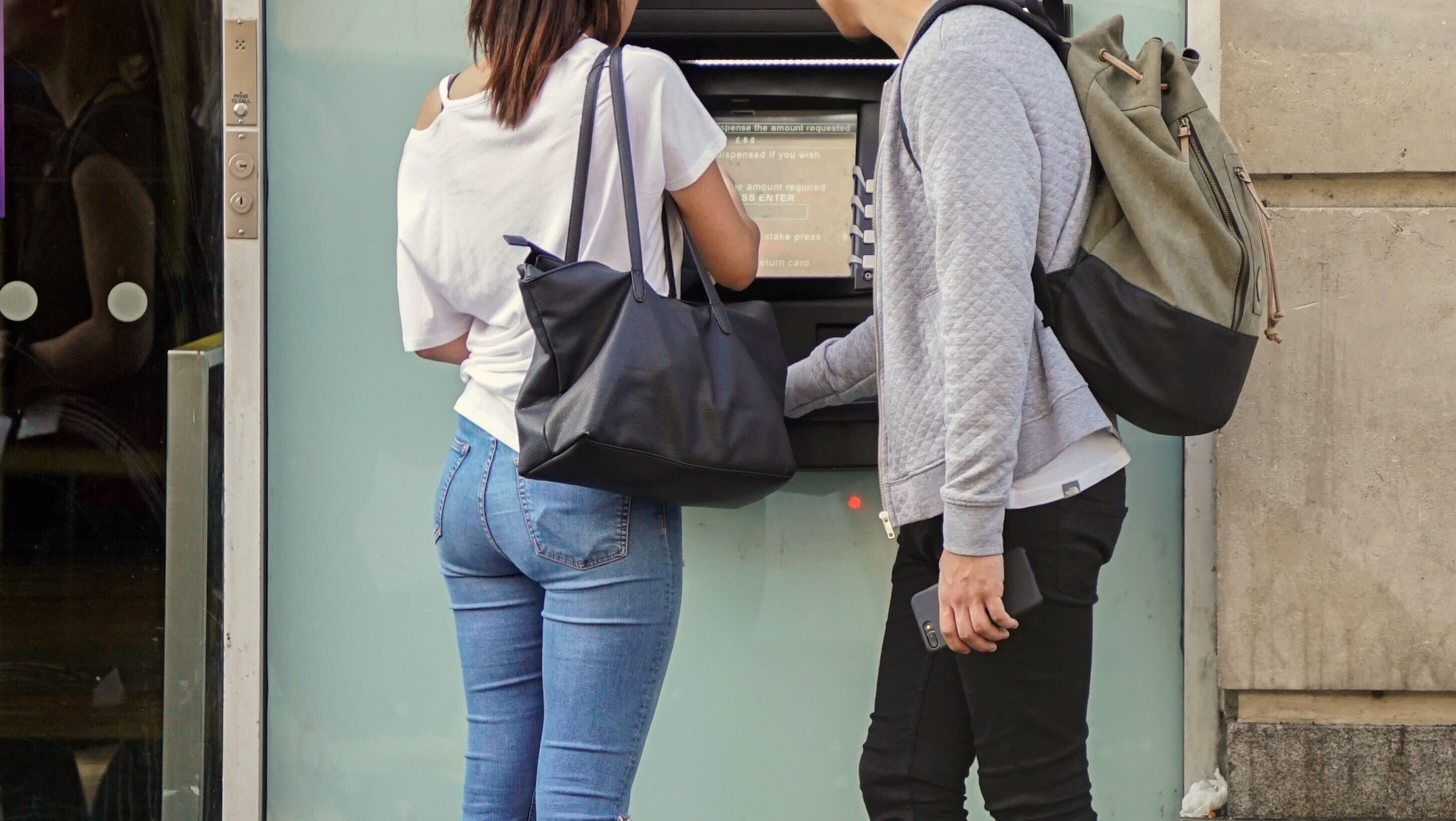
For the first time in 15 years, banks aren’t charging you more to access your own money, according to an analysis from Bankrate.
Like clockwork, out-of-network ATM fees hit record highs each year since 2004, the personal finance site found. But this year, the average cost actually dipped slightly compared to 2019, falling to $4.64 from $4.72. That’s the lowest level seen since 2016.
The dip can be attributed to many banks offering temporary fee waivers related to the Covid-19 pandemic, Bankrate found. It includes the surcharge banks levy on non-customers who use their ATMs, now at an average of $3.08, and the penalty banks charge their customers when they use another institution’s ATM, now an average of $1.56.
Bankrate analyzed fees on interest and non-interest bearing accounts, as well as debit and ATM fees at 10 banks and thrifts in the 25 largest U.S. metro areas this summer.
To avoid the fees completely, stick to your bank’s ATM network, suggests Greg McBride, Bankrate’s chief financial analyst. Many institutions offer digital maps of ATM locations to make this easier to do.
“One other option is getting cash back at the point of sale when using a debit card,” McBride says. “Banks don’t charge and very few merchants do either, amounting to a free withdrawal.”
Some checking account and overdraft fees did increase in 2020
However, banks did increase other types of fees. The average non-sufficient funds fee hit a new record of $33.47 this year, up from $33.36 in 2019 and $23.74 a decade ago.
To avoid that fee, keep “close tabs on your checking account balance, specifically the amount available for immediate withdrawal,” McBride says. You can set daily account balance alerts to make this easier.
Additionally, linking your checking account to your savings account for immediate transfers can help cover any shortfalls. If it’s a recurring problem, you might consider transferring to an online bank that does not charge overdraft fees, McBride says, like Chime.
Also on the rise: Fees on interest-bearing checking accounts. These accounts charge a $15.50 average monthly fee. To avoid it, customers typically need to meet a daily balance requirement, which also hit a record high this year at $7,550. Your reward: 0.04% in interest, on average.
Luckily, there was a “notable” increase in free accounts, per Bankrate. Almost half — 47% — of non-interest accounts are free, an increase of five percentage points from last year.
Of non-interest accounts with a fee, 52% offer some way of avoiding it, including setting up a direct deposit or keeping a certain minimum daily balance.
“Avoid interest checking accounts, with their high balance requirements, high monthly fees, and low yields,” McBride says. “Nearly 90% of non-interest accounts are free or can become free by signing up for direct deposit.” That’s a much better deal.
Check out: Interest rates are falling again, but high-yield savings accounts are still a good option
Don’t miss: Chase Sapphire Preferred is offering a massive 80,000-point bonus for a limited time




